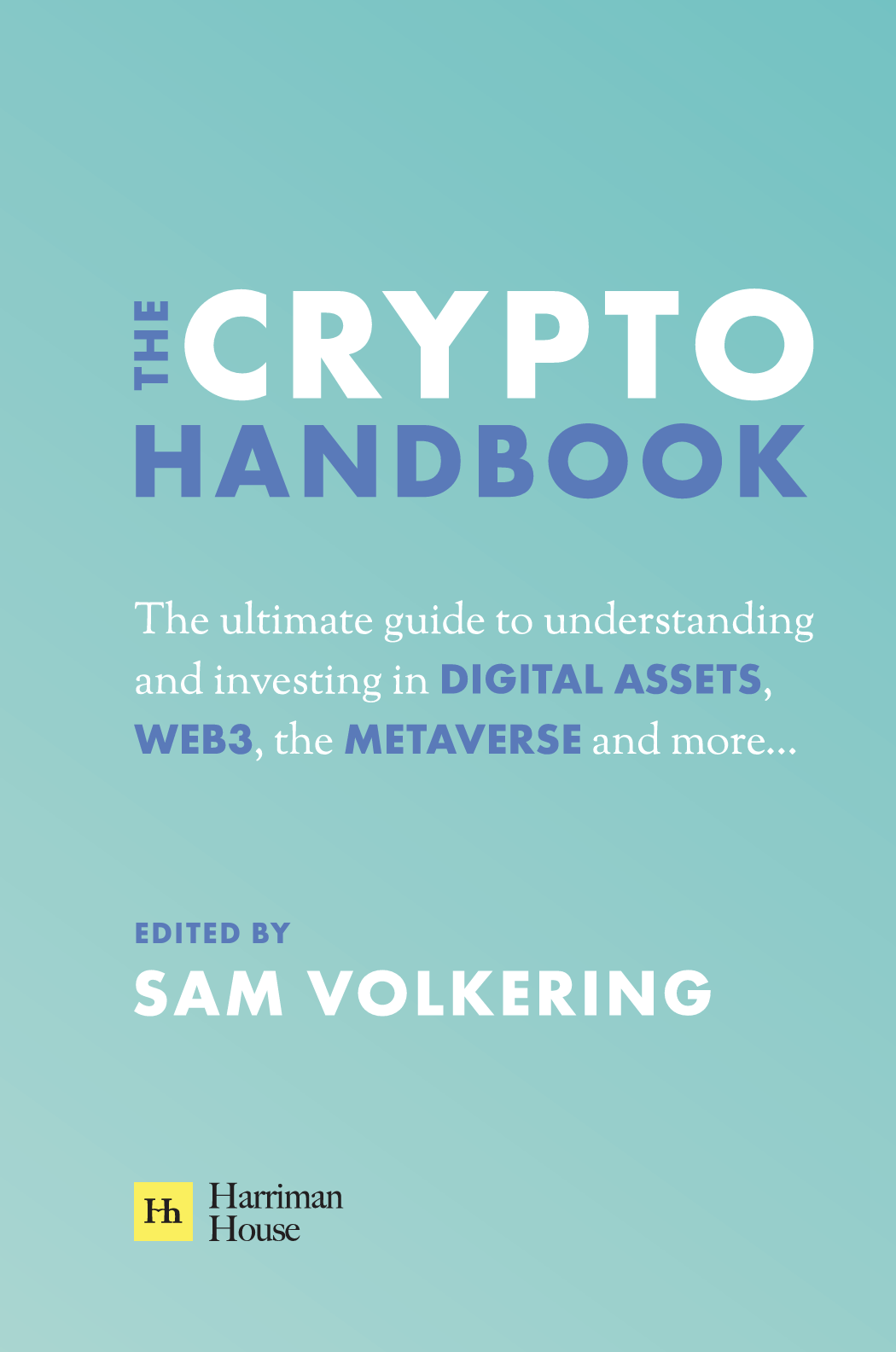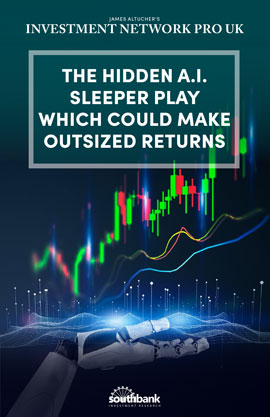Top five “Ethereum killers” – Part I: Cardano
22nd September 2020 |
[Please note this post uses affiliate links. If you want to know what that means, or find out why I use affiliate links, you can take a look at my disclaimer page.]
In the immortal words of grime superstar, Stormzy: “Heavy is the head that wears the crown.”
Or, I guess we could go with the Stormzy of 16th century Stratford-upon-Avon instead: “Uneasy is the head that wears a crown.”
Whichever works for you.
This is the first in a five-part series on those who would be king. The “Ethereum killers”.
Each part will cover one over the top five “Ethereum killers” and will follow a similar structure.
I’ll give a summary of each project, followed by what I see as its major strengths, weaknesses and any red flags. Then I’ll give you links to where you can trade each project or find out more.
So let’s get started with Cardano.
(But be warned. I’ve been listening to Alan Partridge’s new audiobook all this week and, as you may have already noticed, I can’t help writing in a very corny, Partridge-esque way today.)
Cardano (ADA)
Summary
Cardano is very much a “doing things by the book” crypto.
Its main boast is that it’s the first Proof of Stake (POS) blockchain “to be founded on peer-reviewed research and developed through evidence-based methods.”
Many cryptos have a reputation of being somewhat reckless in their desire to be first. Cardano has more of a slow and steady wins-the-race approach.
Proponents would argue that you want “the next internet” (because that’s essentially what these platform cryptos are aiming to become in the long run) to be founded by reputable academics, publishing peer-reviewed papers at prestigious universities.
Detractors would argue that academics don’t tend to be good at getting things done “in the real world”, and that shows with the glacial pace of Cardano’s development.
But just as the melting of our glaciers has begun to speed up, so too has Cardano’s development.
A couple of months ago it finally released its mainnet and is committed to launching smart contracts by the end of the year.
Strengths
The main strength of Cardano is that it clearly seems to be “legit”.
After all the scams, investigations, lawsuits and just outright dishonesty by a lot of major projects, having a reputable project is a clear advantage in itself.
And I don’t mean reputable in the corporate greed kind of way that Hedera Hashgraph is legit (more on that here).
I mean reputable in the kind of peer-reviewed research and cooperating with prestigious universities kind of way.
But Cardano is also true to the vision of crypto. It is very much fighting for decentralisation and the redistribution of power.
It says as much in its mission statement: “Cardano exists to redistribute power from unaccountable structures to the margins – to individuals – and be an enabling force for positive change and progress.”
And this isn’t just an empty strapline. It’s something its founder genuinely (seems to at least) believe in and fight for.
Which brings us to its second major strength, its founder, Charles Hoskinson.
He is one of the big names in crypto. He was a co-founder of Ethereum and now the founder of Cardano.
Every great movement needs a visionary leader, and Cardano has certainly found its visionary in Hoskinson.
Like most crypto big shots, he has a very active Twitter account. But unlike most project founders, he also has a YouTube account, which he uploads videos to almost daily.
These videos keep the Cardano community nicely updated on the project’s progress. And unlike most projects’ updates, which are handed off to a communications team, you know you are getting the best information available right from the horse’s mouth.
On that note, if you’re interested, you can read Hoskinson’s motivations behind creating Cardano and what he believes will set it apart from other projects here.
Other than that, Cardano is a pretty par-for-the course platform crypto with major aspirations.
Just like all the major projects, it will eventually have good decentralisation, working smart contracts and a high number of transactions per second.
And it already uses a POS, rather than an energy-hungry Proof of Work (POW), consensus mechanism.
The Cardano community also makes quite a big deal out of its programming language being Haskell, which makes it much less likely to have any bugs in its code.
Which brings us to our final major strength, its community. Cardano has a very strong, seemingly very smart, and super engaged community.
That might not sound very important, but having a good community can make a huge difference to a project’s success… not only in a marketing sense, but also in a building sense.
For example, many of Ethereum’s biggest applications – such as DeFi – were made by the community not by the official foundation.
Weaknesses
Cardano’s biggest weakness is how slow it has been to get off the ground.
True, it has hit some major milestones this year. But competing projects hit these milestones much sooner.
For example, Tezos – another “Ethereum killer” I’ll be covering in this series – took a similar approach to Cardano, but launched much sooner.
And when Tezos launched it was fully-functioning, with smart contracts from the start.
For all its recent progress, Cardano is still missing key features like smart contracts, which means nothing that impressive is being built on it yet.
And now you have projects like Polkadot and Cosmos taking a lot of the “Ethereum killer” limelight, Cardano could find it’s done too little too late in the game.
(Polkadot and Cosmos aren’t really Ethereum competitors, but we’ll get to that when we cover them later in this series.)
I guess there are two ways of looking at this.
1. Cardano is too far behind to catch up, much less overtake the other big projects out there.
2. Cardano will catch up in time and likely overtake the progress of most other projects.
If you subscribe to #1, then you would see Cardano as being overvalued right now. If you subscribe to #2 then you could argue it’s undervalued.
Which brings us to…
Current market cap and what that means
Cardano is currently sitting in 12th place on CoinMarketCap.
This makes it the highest ranked “Ethereum killer” other than Polkadot.
So you could argue it’s not really going to see an explosive price gain vs the rest of the market.
However, there is a whole lot of trash in the current top 11 cryptos.
So if you’re looking at Cardano in a market-wide sense and not just an “Ethereum killer” sense, then it should really be ranked higher.
Although you could say the same of most good projects in the top 50 or so cryptos.
And even within its “Ethereum killer” niche, going off the actual numbers, Cardano has a whole lot of room to grow… even if the overall market doesn’t.
Ethereum, for example, is currently worth around 16-times what Cardano is. So if Cardano really did start to give Ethereum a run for its money, it could see a huge appreciation in price.
And if the overall market takes off on top of that… investors could be looking at a substantial return on their money.
Of course, that’s assuming Cardano fulfils its potential, gets some industry-leading dApps, and isn’t outshone by one of the other Ethereum killers… or indeed, Ethereum itself.
Red flags
This is one of the few projects I’ve looked into that doesn’t have any obvious red flags. I guess that’s the result of its professional yet open approach.
Up until recently, a red flag might have been its lack of progress, but it’s certainly changed that over the course of 2020 and is consistently hitting its deadlines.
Find out more
Want to know what’s behind Cardano’s weird – and somewhat self-aggrandising – naming structures? This article explains them.
Where to buy, sell and trade Cardano
For those in the UK, the easiest, safest and cheapest way to buy and sell Cardano is by using Bitpanda, which you can do by following this link.
If you want to know why I recommend using Bitpanda for buying and selling Cardano, you can read my free guide on the cheapest, easiest and safest way to buy bitcoin and other cryptos in the UK here.
However, if you don’t mind going through some extra steps, you may be able to get a better price on Cardano if you trade it through Binance or Kraken.
Of those two, Kraken is definitely the most reputable, given it’s just been given a banking charter in the US.
There are also very strong rumours that Cardano will be listed on Coinbase. But that likely won’t happen until it’s fully decentralised to meet Coinbase’s strict listing rules.
Okay, that’s all for this week.
I plan on writing a mini guide for each of the top five Ethereum killers. But it’s probably going to take a minute before I get them all done.
Thanks for reading.
Harry Hamberg
Editor, Coin Confidential


